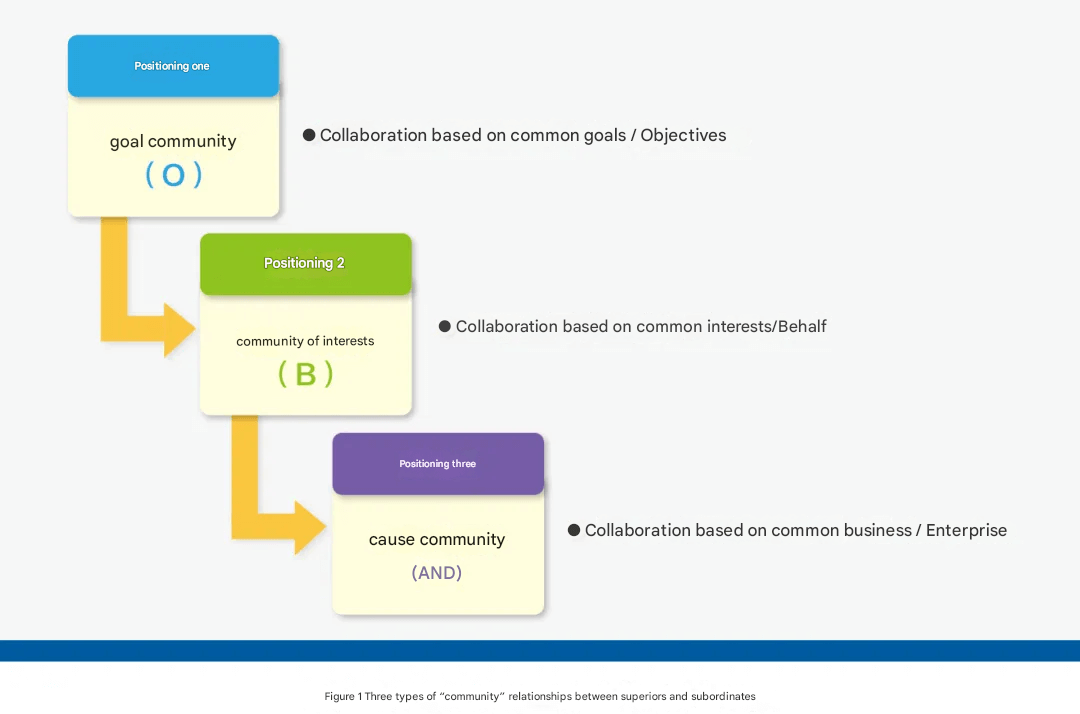Peter Drucker once stated that innovation is the only sustainable strategy capable of creating long-term value for businesses, serving as the best method to protect a company and pursue lasting success. Entrepreneurship, innovation, and management are interconnected; they evolve together and can essentially be equated. However, many managers overlook pivotal opportunities for transformation due to a lack of innovative thinking and entrepreneurial spirit.
Innovation is the ultimate key to long-lasting success. For a company to achieve sustained growth, it must navigate three natural laws:
The Law of Large Numbers: Similar to biology, larger companies face greater challenges as they grow. Once a company reaches a certain scale, growth becomes relatively slow, making sustained growth even harder.
The Average Law: Extending the time frame from one year to five or even ten, no company can consistently outperform the average growth rate, as this possibility approaches zero. In the long run, no company can maintain rapid growth indefinitely.
The Law of Diminishing Returns: Over time, the marginal returns on investments decrease. Regardless of how effective operational projects may be, the return on investment will always diminish over time.
These laws are as unyielding as gravity for most companies, with only a select few "alternative" companies successfully overcoming them. Past successes can solidify strategies into dogmatic beliefs, causing managers to rely on outdated thinking, leading them to misjudge current circumstances.
As Emerson wrote, “There are always two sides in our lives, one of the past and one of the future; one of preservation and one of reform.” The future belongs not to those who possess crystal balls, but to innovators willing to challenge the biases of traditionalists.
Innovation is the best way to safeguard a business and ensure its longevity, as it is the only sustainable strategy that creates long-term value. Drucker's view on innovation emphasizes business innovation grounded in customer needs and collaborative co-creation, forming a strategic activity.
In recent years, many legacy companies have revitalized themselves by cracking the innovation code, reshaping their vision, strategy, organizational structure, and management systems. Notable examples include Procter & Gamble, IBM, and Ford. After decades of operation, these giants faced inefficiencies and hierarchical issues, often being outpaced by previously insignificant competitors.
Ultimately, facing failure led them to rediscover their core beliefs, reassess and reshape their cultures and strategies, prioritize development orders, adjust organizational structures, and enhance their capabilities.
A deeper study of these "old trees sprouting new buds" reveals a crucial lesson: to transform from a mistake-maker into a role model, comprehensive systemic reform in strategy, culture, and organization is necessary. Jobs exemplified this when he redefined Apple through strategic innovation, resulting in its resurgence.
Key Aspects of Apple's Strategy:
Redefining the basis of competition, emphasizing design and convenience to outdo rivals.
Integrating hardware and software to optimize system functionality for user convenience.
Mastering a suite of complementary technologies, including semiconductor design and application development, allowing for self-determination.
Locking in customers through extraordinary experiences.
Building a vast network of third-party developers, fostering a global community driven by passion and innovation.
Continuously extending core competencies into new markets.
The Comfort Zone and Entrepreneurship
Austrian-American economist Joseph Schumpeter identified entrepreneurs as the driving force behind economic development, capable of "recombining production factors" through innovation. He emphasized that entrepreneurship involves "creative destruction," introducing unprecedented combinations of production factors to generate new economic capabilities.
Schumpeter viewed entrepreneurs as innovators, yet he noted that entrepreneurial spirit is volatile. Once a person establishes a business and begins operating like others, their entrepreneurial qualities often diminish. Thus, the essence of entrepreneurship is about continuously innovating and creating value, beyond the individual or organizational needs.
Many entrepreneurs shift focus to maintaining their businesses after achieving success because the initial drive and innovative capabilities can fade. However, having a lofty goal beyond personal and organizational needs can provide an unending source of innovative motivation.
As Drucker noted, “Entrepreneurs are those who are willing to endure uncomfortable days or are unwilling to live comfortably.” He positioned innovation and entrepreneurship as core components of management, highlighting that for all managers, innovation is essential. It is not a superficial pursuit but a significant responsibility.
Innovation must be practical; the transition from idea to action is critical. An innovation that remains theoretical holds no real value.
Seven Opportunities for Business Success
The Dual Nature of Entrepreneurship: Should managers and entrepreneurs exist as separate roles within a company? Drucker affirmed that there is indeed a distinction. A manager lacking management skills cannot excel as an entrepreneur, and one who only understands management without an entrepreneurial spirit may become bureaucratic.
Business Success as a Foundation: Innovation management typically emphasizes processes and post-entrepreneurship management. Yet, to foster an entrepreneurial mindset, managers must be encouraged to think creatively and critically, continuously questioning how they would handle various situations.
Recognizing Seven Opportunities: Drucker identified seven sources of innovation, regardless of a company's size or ownership. These sources highlight the importance of understanding unexpected events, discrepancies between actual and expected conditions, procedural needs, market changes, demographics, cognitive shifts, and new knowledge.
The order of these sources is significant, arranged by reliability and predictability. Contrary to common belief, new scientific knowledge is not the most reliable source of innovation. Instead, signs of change within the organization, such as unexpected successes or failures, provide a solid foundation for future actions with lower associated risks.
Managers must approach unexpected successes with caution, recognizing the opportunities they present. They should provide the necessary focus and support for these opportunities, involving capable employees in the exploration process, rather than delegating tasks to those less qualified.
Simultaneously, managers should acknowledge that unexpected failures often have objective reasons behind them, which may be unavoidable.







